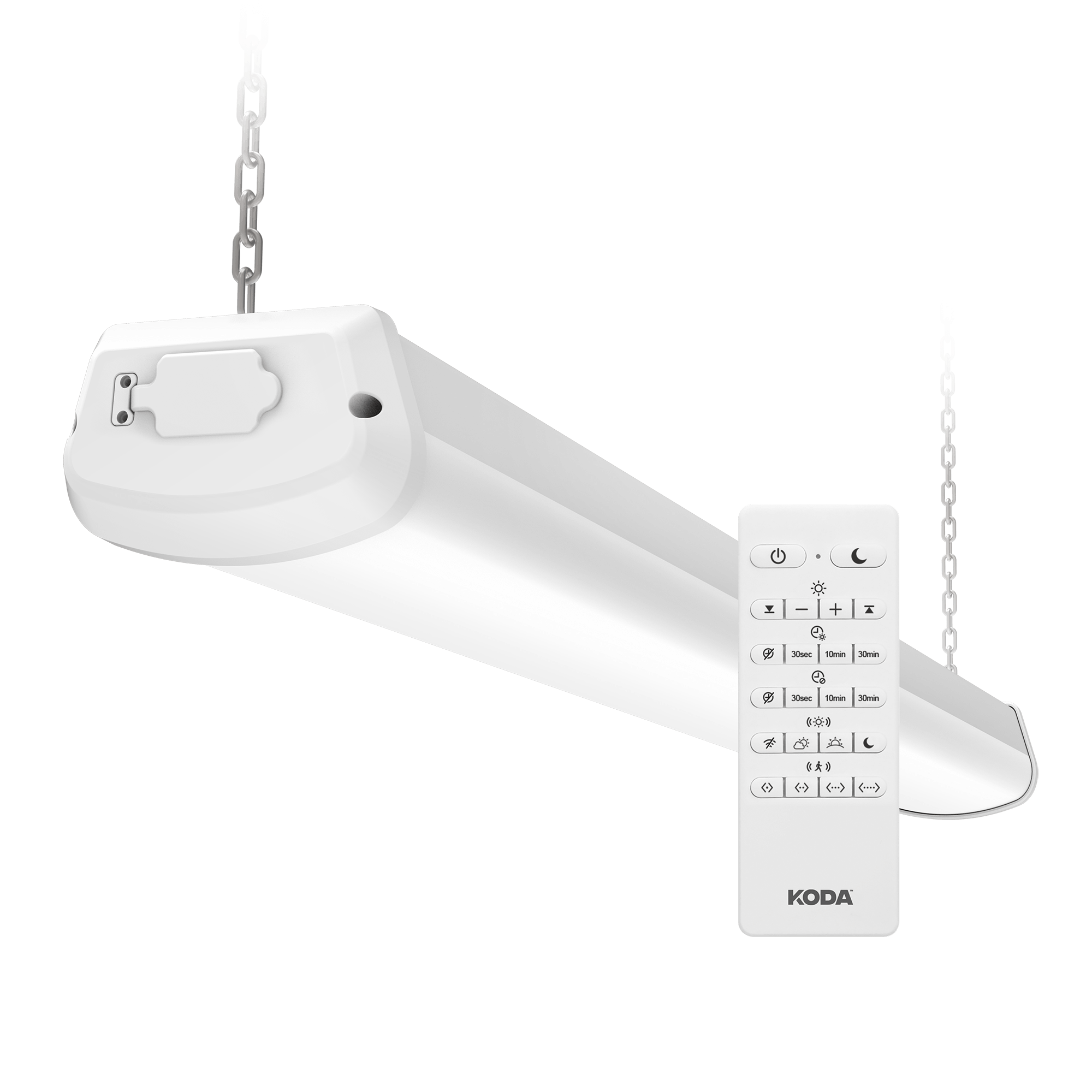Color Temperature
If you have ever noticed the difference in the overall warmth of light between two different sources even when the temperature of the room is the same, you've noticed differences in color temperature. It's usually quite obvious when you look at a natural daylight LED simulating versus a white light fixture. White light is cooler than the slightly yellow light of the sun. If a bulb emits full spectrum light, the color temperature will still affect whether that light appears to shift more toward yellow or toward blue.
What Does Color Temperature Mean for a Lightbulb?
The light bulb color temperature determines what color light the bulb appears to put out when it's emitting a full spectrum of light. It is expressed in Kelvins. It relates to the temperature of a black body radiator when it turns that color during the heating process. The warmth of the light under standard conventions is inversely related to the number of Kelvins it takes to heat the radiator, though. That means technically warmer light is produced by a cooler temperature than cooler light.
Range of Color Temperatures
Confusing? Think of it this way. The light temperature is the heat needed to make a steel body emit that light. But whether it is warm or not? That is determined by whether people feel warmth or associate it with the light, so warm light is in the range toward the red or yellow side of the spectrum, where cool light is in the range toward the blue side. Light bulb colors, in terms of color temperature, generally run the range from 2700K to 6500K, though you might find some bulbs outside that range in specialty niches.
- 2700-3000K bulbs are soft white, and usually have a slightly yellow cast to the light noticeable at lower lumen outputs
- 3000-5000K bulbs are often called bright white because they appear quite bright indoors in contained spaces
- 5000-6500K bulbs are daylight simulating lights, and the highest end of the scale emits a noticeable blue cast to the light
It's important to remember that colored LED lights and light color changing from color temperature changes are two different phenomena. Colored lights often use gels or multi-output LEDs that do not put out white light.

Choosing Color Temperature for Your Space
Generally speaking, the higher the Kelvin rating of a light, the brighter it appears even at lower lumen ratings. Daylight bulbs tend to appear brighter than warmer lights at lower lumens, making them ideal for shop spaces and other areas where you need clean visibility with a low enough intensity to avoid eye strain with long term exposure. Keep that in mind as you shop for your next lights.



